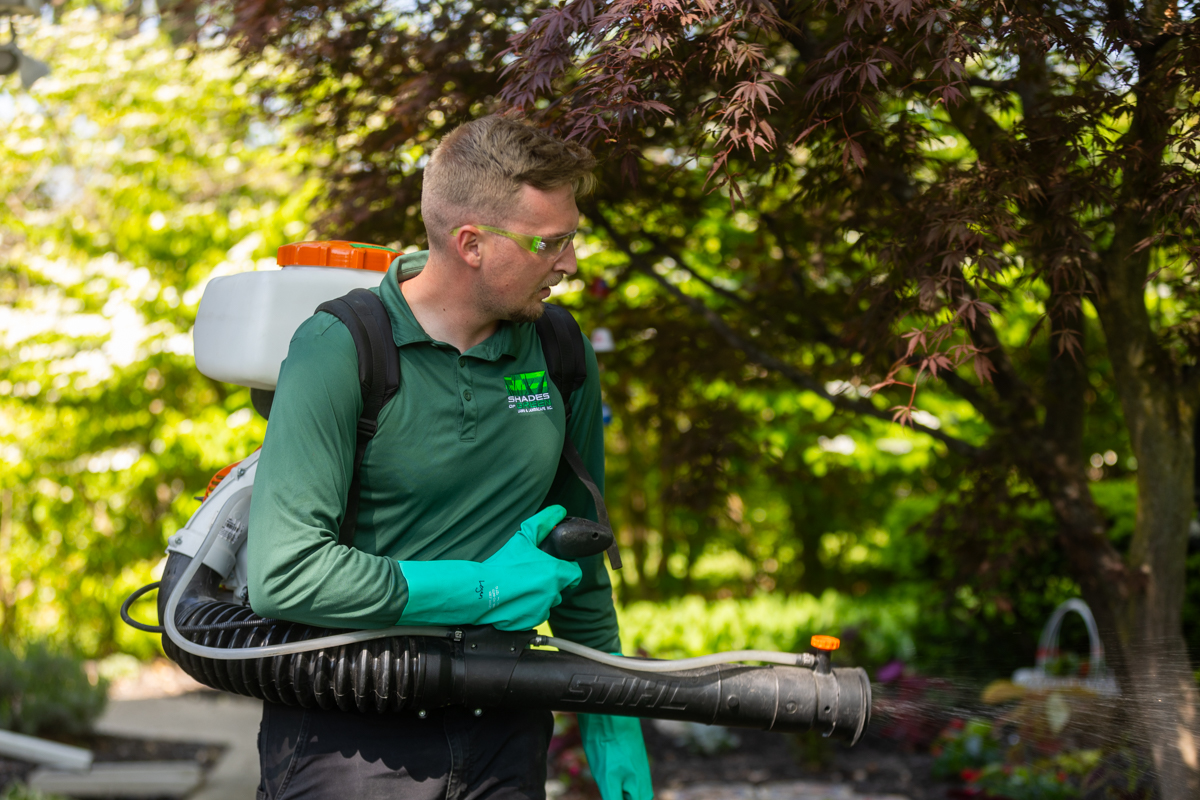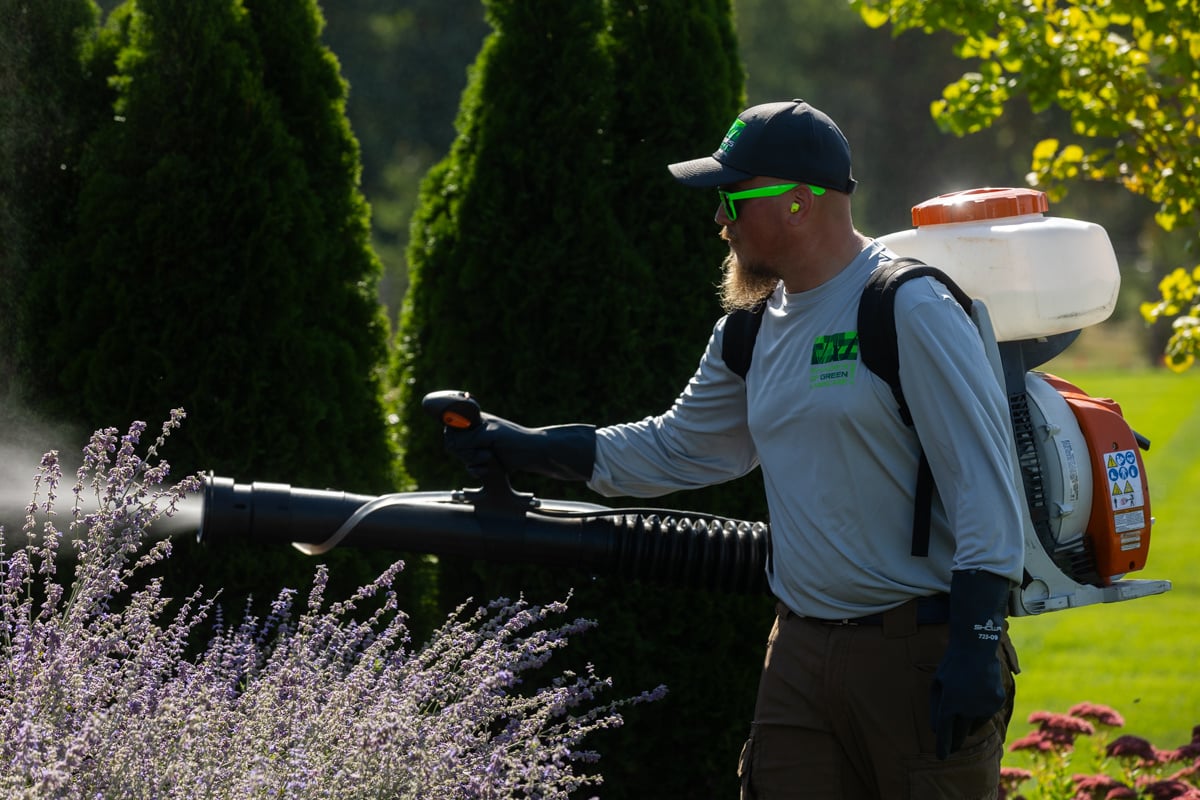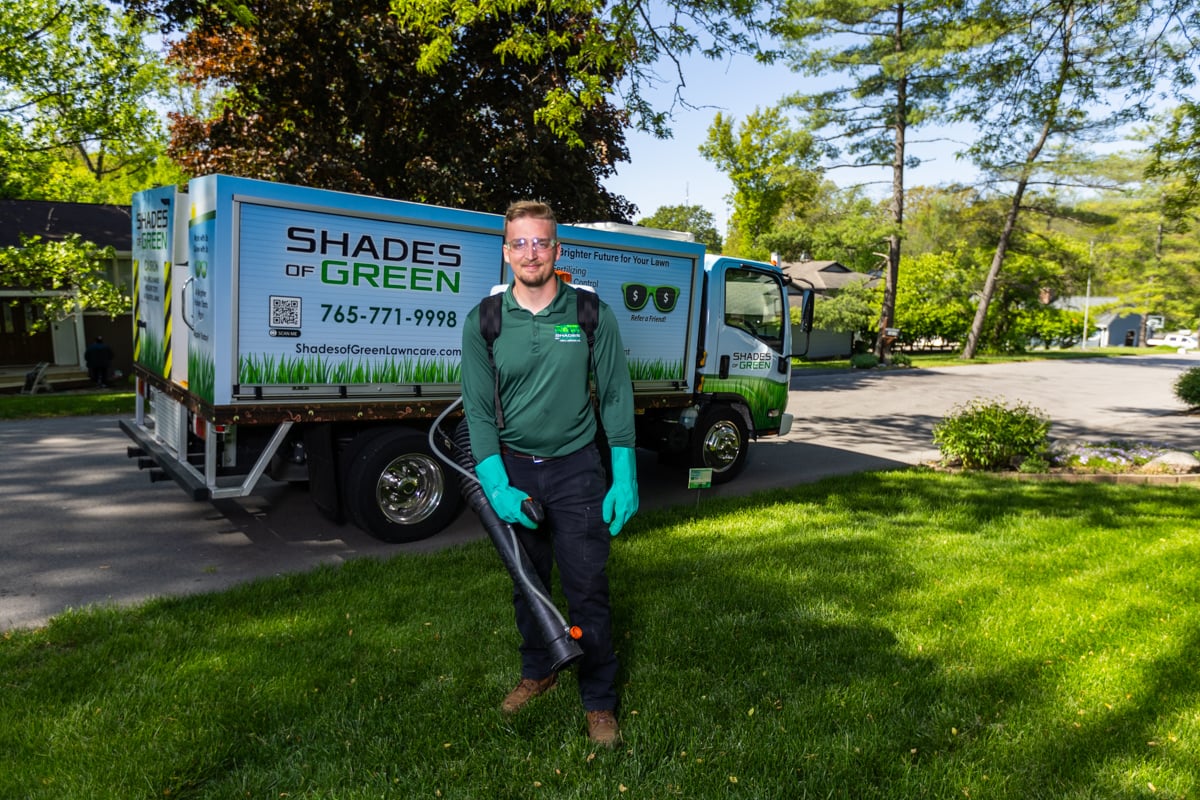



They buzz in your ear, hover just out of reach, and seem to follow you no matter where you go. You swat, you wave, you turn into a human windmill, but these tiny pests are relentless. For something so small, mosquitoes have an incredible knack for ruining a perfectly good evening.
The more you understand about mosquitoes, like how they find you, where they hide, and why they keep coming back, the better chance you have of sending them packing for good. Let’s dive into the world of mosquitoes so you can finally fight back with confidence.
You probably know them best as those annoying party crashers who show up uninvited to your summer evenings. But what is a mosquito, really? In the simplest terms, they are small flying insects that are in the same family as flies, with a knack for finding humans and animals to bite.
As frustrating as they are, mosquitoes do play a role in the natural world. They are a part of the food chain, feeding birds, bats, frogs, and even other insects.
So, why do mosquitoes exist? Like every creature, they have evolved to fill a part in nature’s big balancing act. However, that doesn’t mean you have to welcome them into your backyard. You can respect their place in the ecosystem and take steps to keep them away from your BBQ.
Can you believe there are about 55 mosquito types found in Indiana alone! Out of these 55 types, only about 12-15 species are real troublemakers to watch out for. Here are some of the most common mosquitoes in Indiana:
Watch for this variety early in the season. Females wake up hungry in the spring and ready to bother you on a warm evening, anywhere you find calm water sources. They can carry dog heartworm, so your furry friend is not a fan of this mosquito type either.
These mosquitoes are a real problem in Indiana. They are commonly called house mosquitoes or West Nile mosquitoes. They love stagnant and polluted water like clogged gutters or birdbaths. Some like to bite birds more than humans, but not all. You would be most likely attacked by this type of mosquito at night.
These mosquitoes attack during the day and include the aggressive Asian Tiger Mosquito and a species that booms after heavy rain hits. While they are mostly annoying, they can transmit heartworm to dogs.
We only have one species of this mosquito variety. They can be quite aggressive. These mosquitoes live mostly around wetlands, and they can transmit Eastern Equine Encephalitis to horses.
175
U.S. Mosquito Species
5
Diseases Carried
300
Eggs Per Female
While each species has its quirks, they all share one unfortunate hobby: turning people into snacks.
When it comes to mosquitoes, the ladies are the ones giving the whole species a bad reputation. Female mosquitoes are the ones that bite.
They need the protein from blood to develop their eggs, which means they are the ones buzzing around your ears and leaving you with itchy bites. Depending on the species, they can live for several weeks to a couple of months. They spend their time looking for water to lay their eggs and for a meal to fuel the process.
To have a booming mosquito population, your property must have two things: water and shade. Most species lay their eggs in or near standing water. This can mean obvious spots like ponds and marshes, but also sneaky ones like clogged gutters, kiddie pools, birdbaths, or even the saucers under your potted plants. Some species like clean water, and others like murky puddles.
When they are not breeding, they rest in cool, shady spaces during the heat of the day most of the time.
While most mosquito bites just leave you itchy and annoyed, some species can carry and spread disease. In Indiana, the main concern is West Nile virus, which is transmitted mostly by Culex mosquitoes. Though rare, it can cause serious illness in humans and horses.
Mosquitoes here can also spread Eastern Equine Encephalitis in certain areas, mainly affecting horses, but occasionally humans. On the pet side, several species can transmit dog heartworm, which is why mosquito control and regular vet care are so important.
Globally, mosquitoes are known for spreading illnesses like malaria, dengue, and Zika, but these are not common here in Indiana.
Mosquitoes, like other insects, go through a four-part transformation: egg, larva, pupa, adult. It all starts with the eggs, which are either direct-hatching or delayed hatching. Direct hatching means they hatch a few days after they are laid in standing water, and delayed means they don’t hatch until they are covered with water.
Once they hatch, the larvae live in water, eating algae or bacteria, and then turn into pupae. When the adult mosquito emerges, males get a few days to sip nectar and find a mate, and females get ready to hunt.
When it comes to keeping mosquitoes in check, the first step is making your yard less inviting. Try these three things to help reduce the mosquito population:
While these steps definitely help, mosquitoes don’t just breed in your yard. They travel from all around your home, and that is where calling in a pro can be a big help. Pros can identify hidden breeding sites, apply treatments, and use products that work longer and more effectively than anything off the shelf.
Keeping mosquitoes under control means tackling the problem from every angle. While you can take some steps on your own, it’s easy for hidden water sources and overlooked spots to become a safe haven for mosquitoes. That’s when having an experienced team makes all the difference.
At Shades of Green, we’ve spent years helping local families enjoy their outdoor spaces without constant swatting and scratching. Our mosquito control treatments are designed for our area’s unique conditions, so you can feel confident you’re getting the best protection possible.
Ready to get rid of mosquitoes for good at your home? Get started by filling out our contact form.
Image Sources: mosquito

Cory is the heart and soul of Shades of Green. His dedication to doing right for our customers has been the driving force behind the company's success. With a degree in Turf Science from Purdue University, Cory continually strives to craft the best treatment plans using the latest technologies and innovative products, ensuring top-notch results for every client.




